


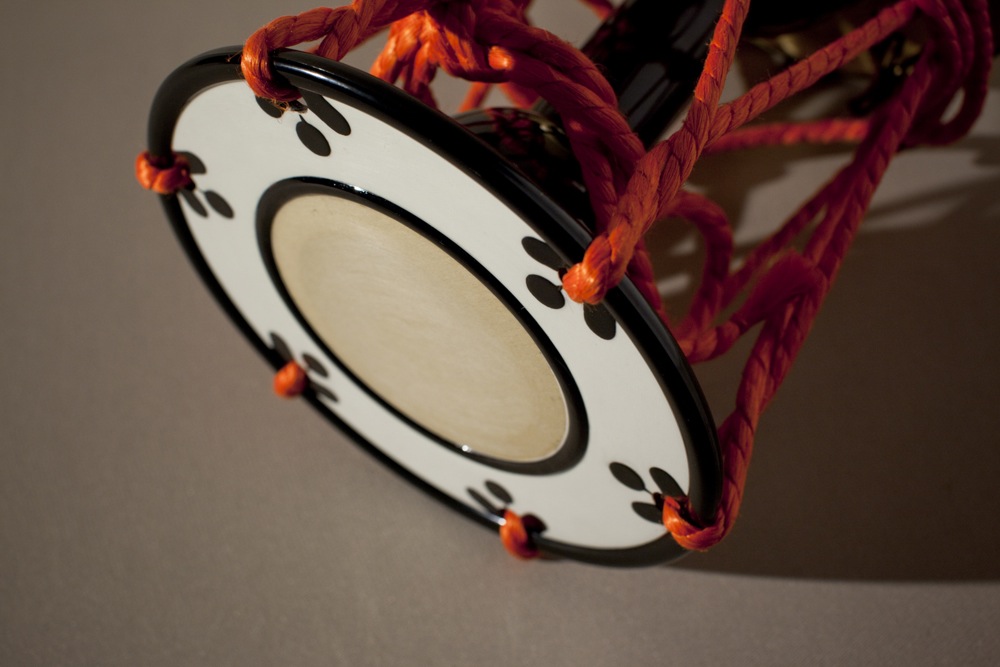
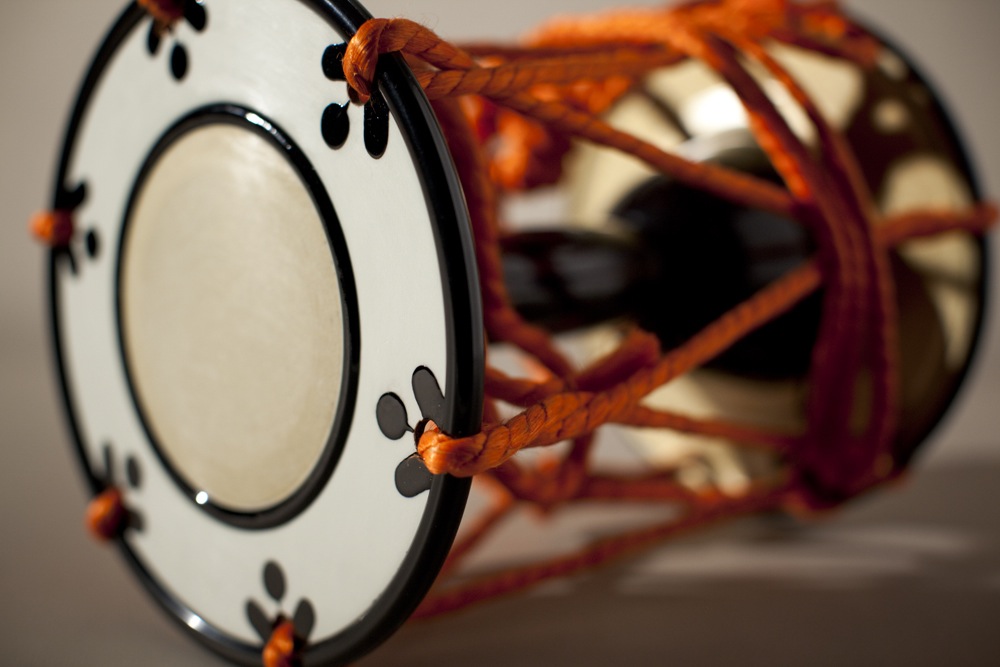
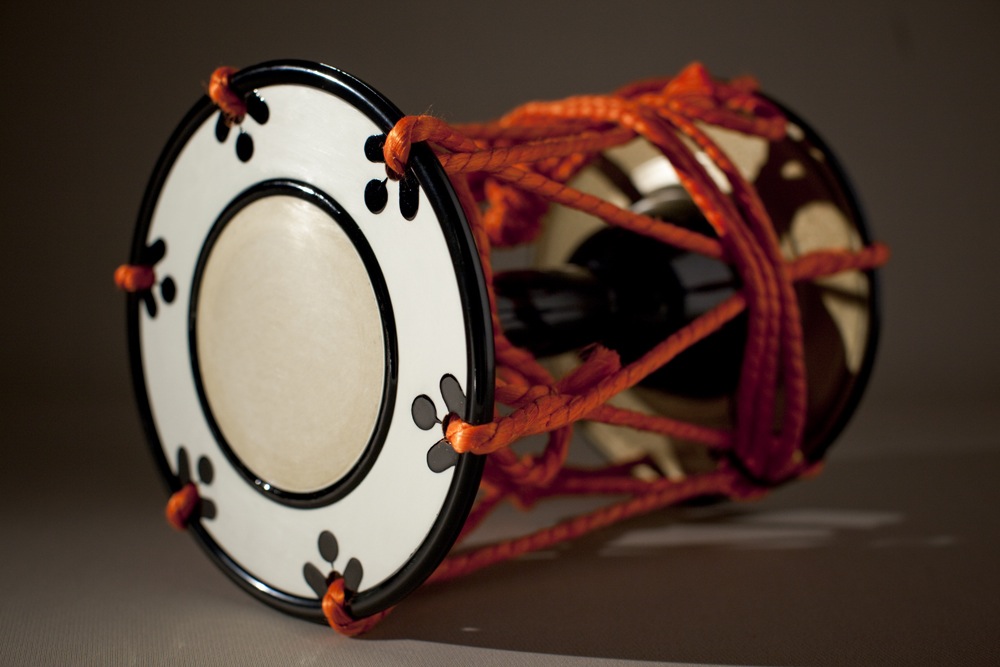

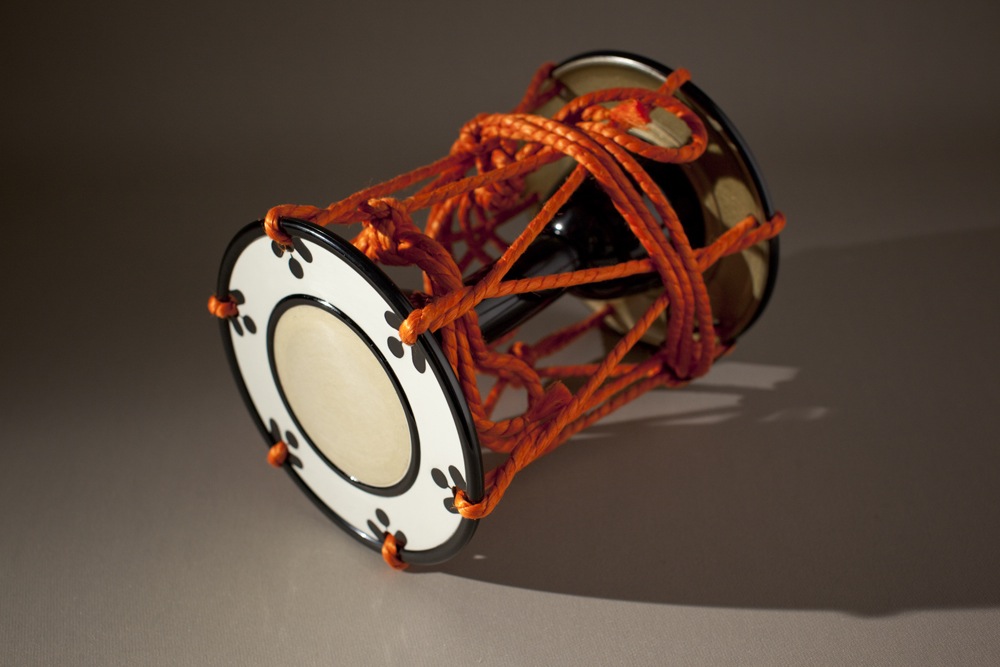
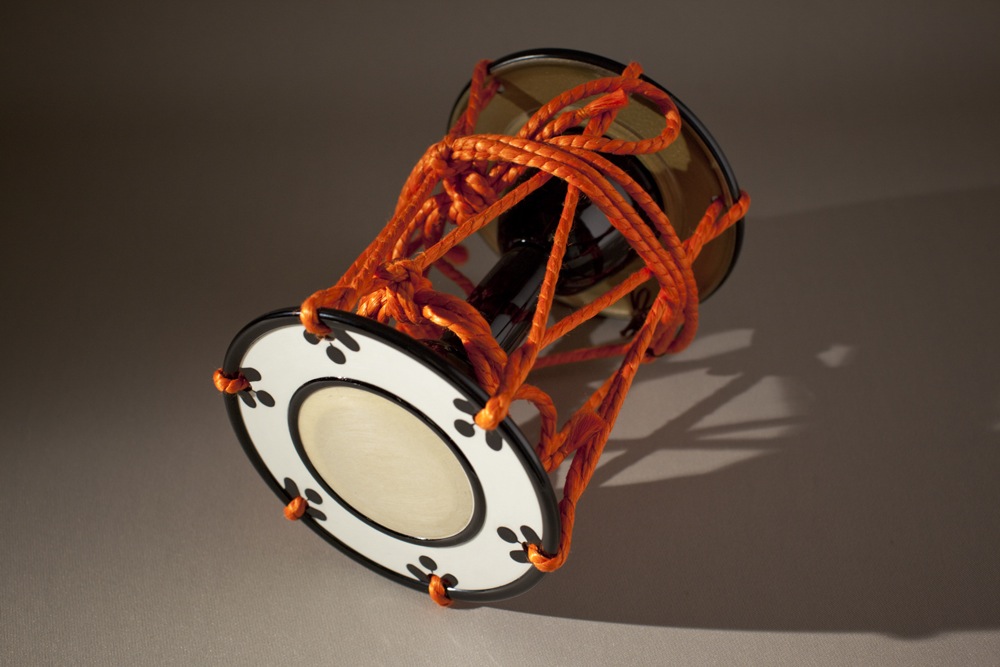
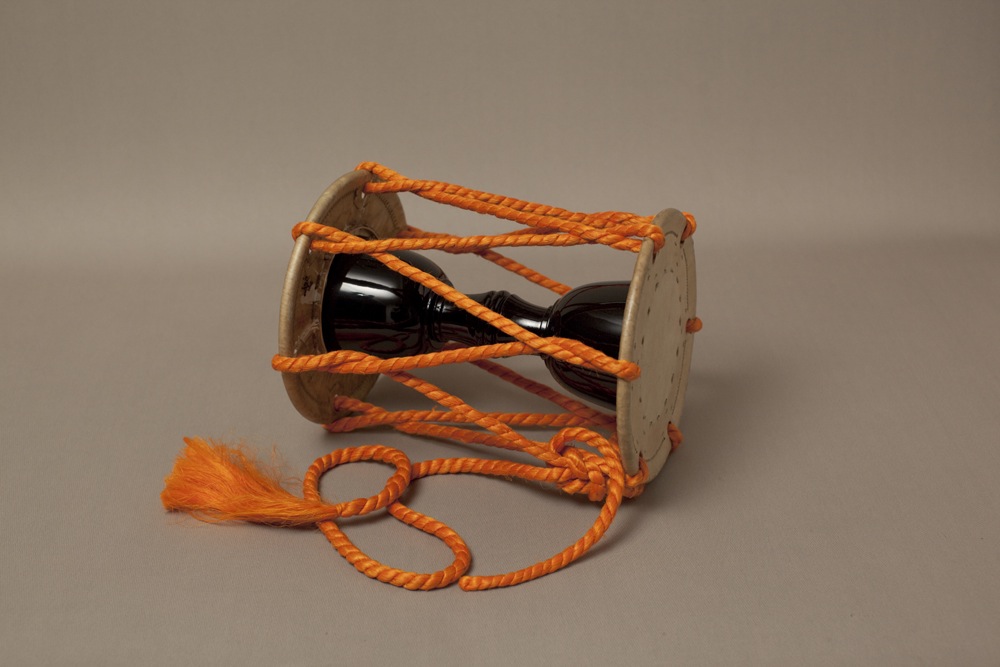
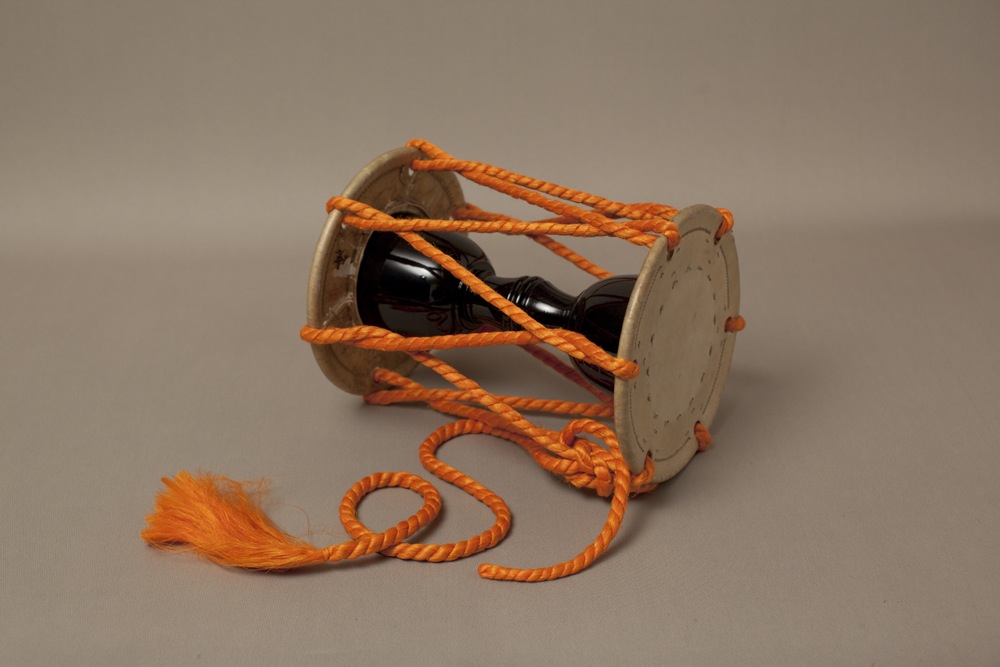
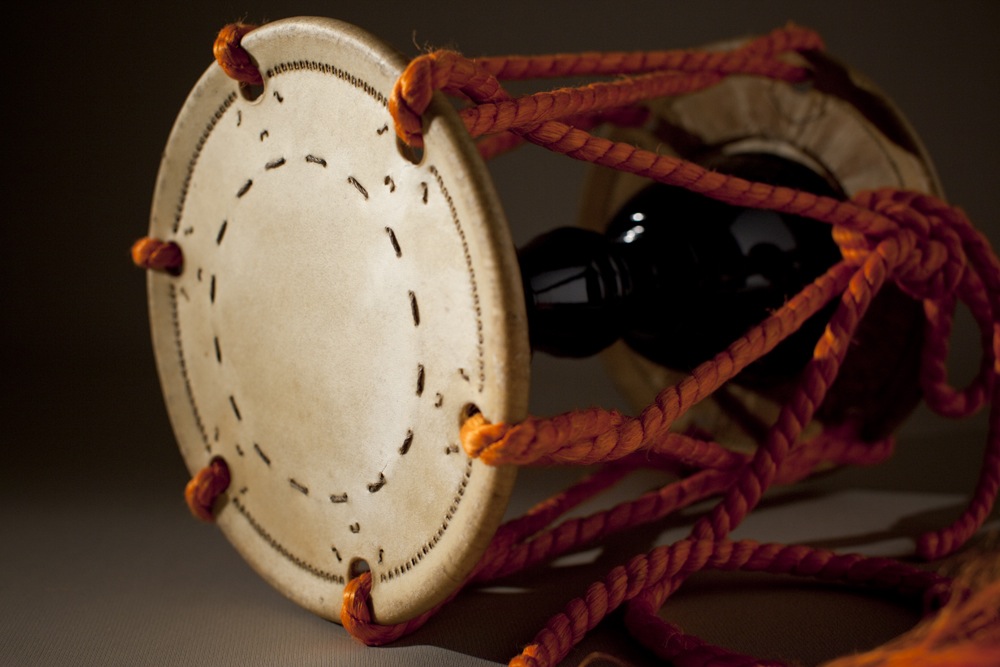
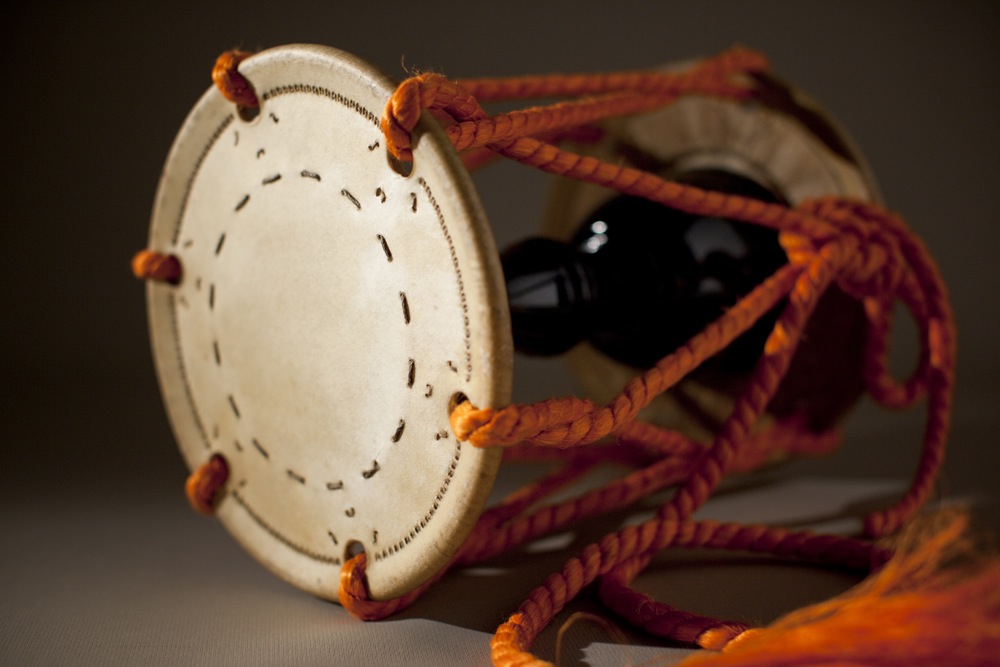
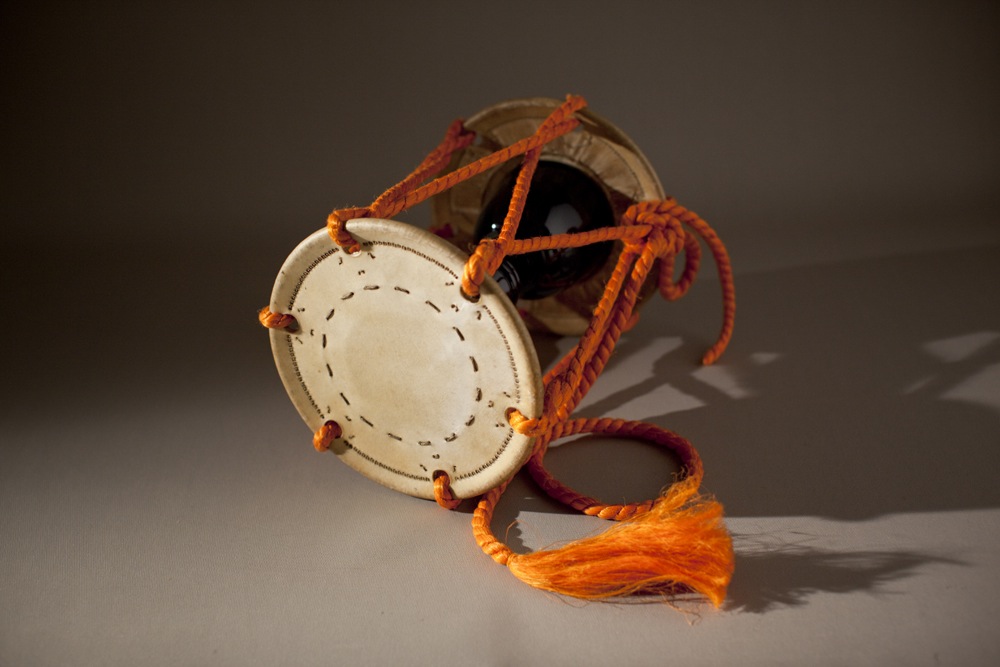

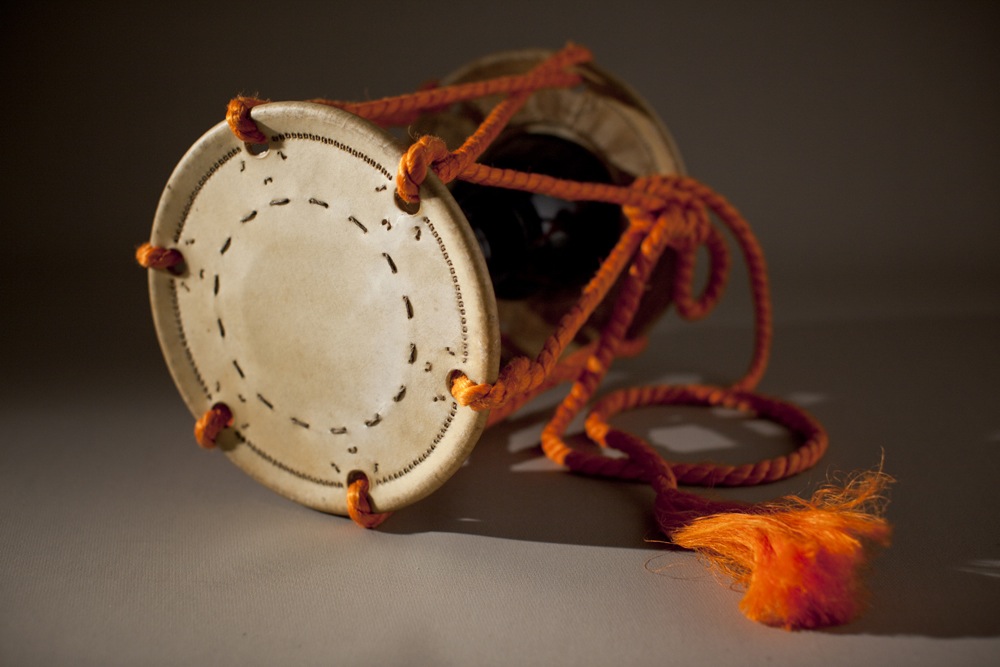
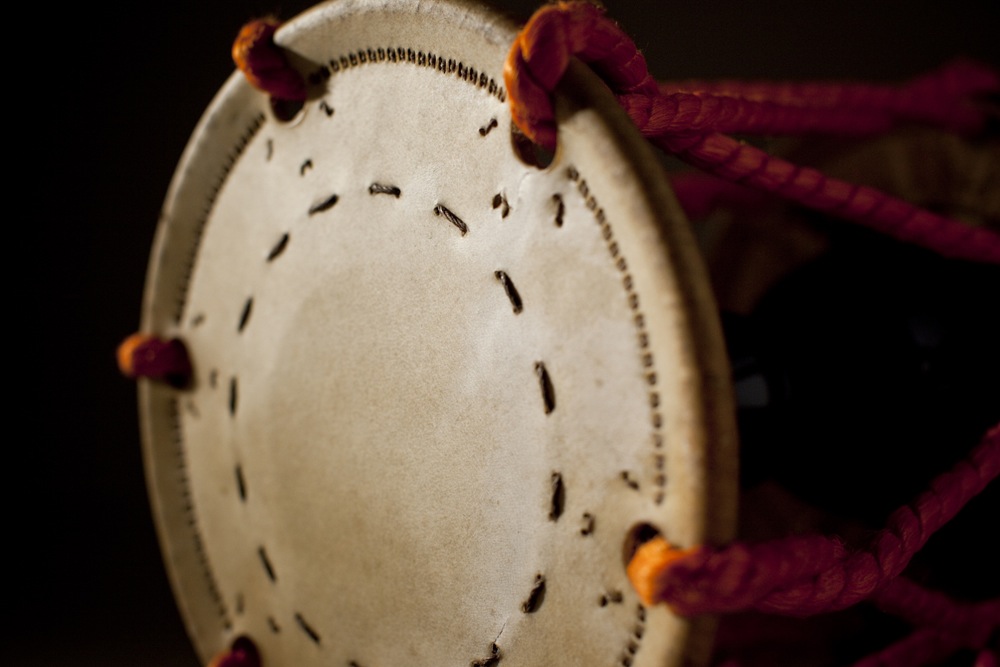
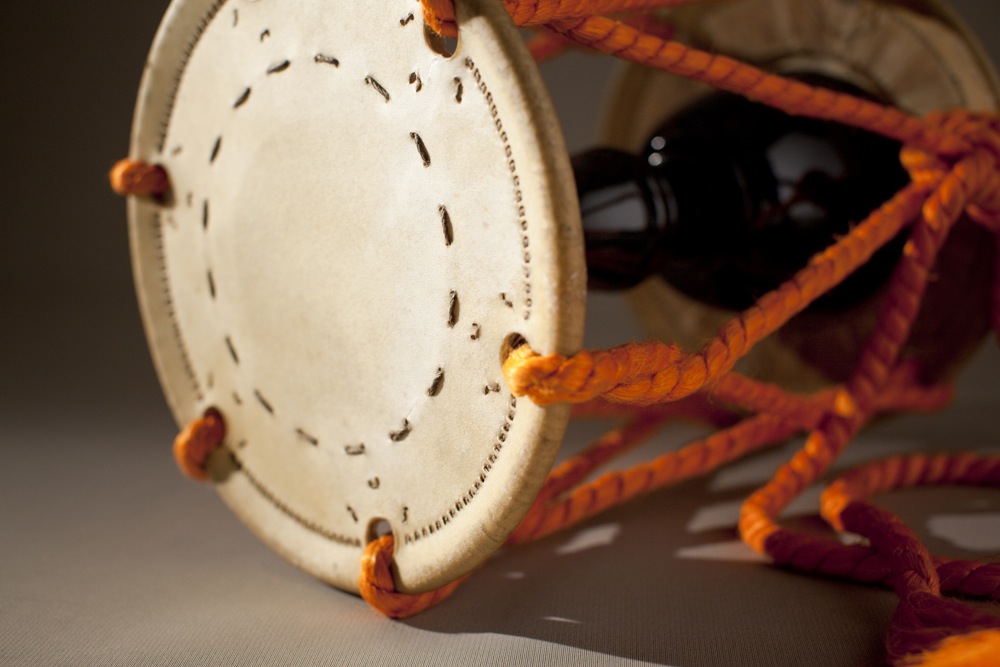
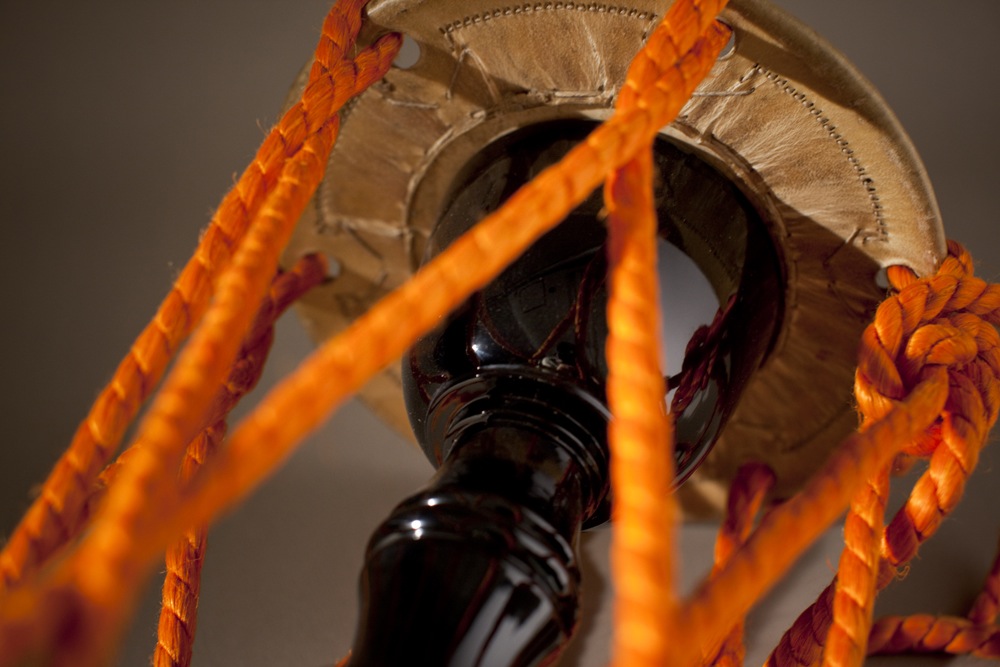



















A percussion instrument used in both noh and kabuki music, it can be broadly divided into two types: kotsuzumi and ōtsuzumi ('small' and 'large'tsuzumi, respectively).
In kabuki music, the word tsuzumi simply refers to the kotsuzumi, while the ōtsuzumi is also called ōkawa.
Both have a wooden body between two pieces of leather stretched over iron rings, and fastened with ropes called shibare that are strung between the two drumheads. The kotsuzumi is held in the left hand and placed on the right shoulder, then struck with the right hand; varying the tension of the ropes with the left hand results in a variety of pitches. By contrast, the leather of the ōtsuzumi is dried beforehand and then tightly tied, then held under the left arm and struck with the right hand. It only produces one high-pitched sound, but variations can be made by changing the volume and timbre.
In noh, the basic formation is a four-person group that also includes a taiko drum (shime-daiko) and a flute (nohkan), and when a singer is added, it becomes the five-person group known to Japanese from the hina ningyo (Girls' Day doll) displays.
In kabuki, the number of kotsuzumi is often increased and they are lined up on the stage; they are also skilled in the intricate rhythm known as chirikara-byoushi, which matches the characteristic shamisen rhythm from the nagauta song genre.
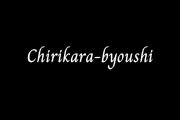
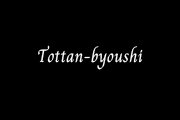
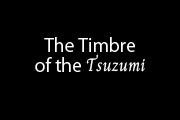
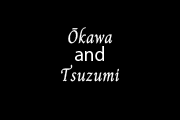


Performance and Explanation by Nishikawa Hiromitsu
※ When musical notation is used in each episode, it is written in absolute pitch.
composer unknown, classical piece; year of composition unknown
Performed with kotsuzumi and ōtsuzumi. This piece incorporates the techniques of noh music into kabuki, and is most notably used in the kabuki play Shizuka to Tomomori and the nohplay Funabenkei in the comedic interludes called aikyōgen. The kotsuzumi and ōtsuzumiexpress the scene of ominous high waves rushing in from the open ocean under black clouds.
composer unknown, classical piece; year of composition unknown
Originally composed for nohkan,kotsuzumi, and ōtsuzumi. Here, it is performed with kotsuzumi and ōtsuzumi only. Originally, it was one of the standard sequences in noh music, and was used when characters enter the stage. In kabuki, it is used at the beginning of the play Kanjincho.
Nishikawa Hiromitsu, composed in 2007
A solo piece for kotsuzumi.Ichiyou Raifuku refers to the sun regaining its vitality as winter turns to spring and the energy of "yang" (light, as opposed to "yin," shadow) fills the air, and this piece expresses that breath of life. The piece incorporates many of the tsuzumi's characteristic sounds, from bouncy uplifting rhythmic techniques, to the more solemn techniques used during kakegoe (vocalization) sections, as well as the instrument's wide array of timbres.